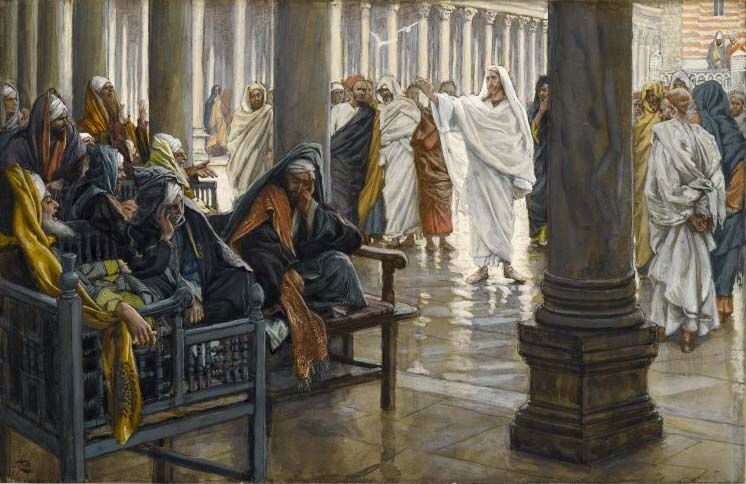Bunk!
Quotation taken from a footnote in Reinventing Jesus by Komoszewski, Sawyer, and Wallace. All of these men are experts in their respective fields (theology, church history, and nascent Christology/textual criticism) and so a legitimate appeal to authorities who are experts in this area will serve as the refutation.
While authorities of the nineteenth and early twentieth centuries have posited a continuum between the Persian deity Mithra and Mthraism as a Roman mystery religion, contemporary scholars assert that no such continuity exists. Rather, the recent assessment recognizes that Roman Mithraism arose as a mystery religion during the first century B.C. in Asia Minor. From there it spread throughout the empire to become one of the most successful mystery religions of late antiquity. Eliade notes, "When the Mysteries of Mithra are discussed, it appears inevitable to quote Ernest Renan's famous sentence: 'If Christianity had been halted in its growth by some mortal illness, the world would have been Mithraist.'" (Mircea Eliade, A History of Religious Ideas, trans. Willard R. Trask [Chicago: University of Chicago Press, 1982], 2:326).
Eliade and others suggest that this is a vast overstatement. Although Mithraism was widespread and espoused a developed ethical standard, it was almost exclusively a religion of the soldiers and did not admit women to its membership. It would thus not appeal to the masses, women, or slaves.
Despite the claims of obvious and profound parallels between Christianity and Mithraism , when one looks at the evidence an entirely different picture emerges.
First, Mithra was not thought of as virgin born in the most ancient myths; rather, he arose spontaneously from a rock in a cave (Edwin Yamauchi, Persia and the Bible [Grand Rapids: Baker, 1990], 498).
Second, "Mithra is the only god who does not suffer the same tragic destiny as the gods of the other mysteries, so we may conclude that the scenario of Mithraic initiation did not include ordeals suggesting death and resurrection" (Eliade, History of Religious Ideas, 2:324).
Third, the Mithraic concept of history is linear as opposed to the circular concept of the other mysteries. While the other mysteries were centered on the vegetation cycle (Nash, Gospel and the Greeks, 136), Mithraism was an astral religion filled with cosmic symbolism (Ulansey, Mithraic Mysteries, 46-66; Payam Nabarz, The Mysteries of Mithras [Rochester, VT: Inner Traditions, 2005], 24, 145; and Yamauchi, Persia and the Bible, 498).
Fourth, Roman Mithraism was a mystery religion apparently arose in the region of Tarsus in Asia Minor during the first century B.C. There is no evidence that the characteristic features of Mithras are in evidence before A.D. 100 - several decades after the founding of Christianity (Walter Burkert, Ancient Mystery Religions [Cambridge, MA: Harvard University Press, 1987], 7.
J. Ed Komoszewski, M. James Sawyer, and Daniel B. Wallace, Reinventing Jesus, (Grand Rapids, MI: Kregel, 2006), 322-323, fn, 46.


